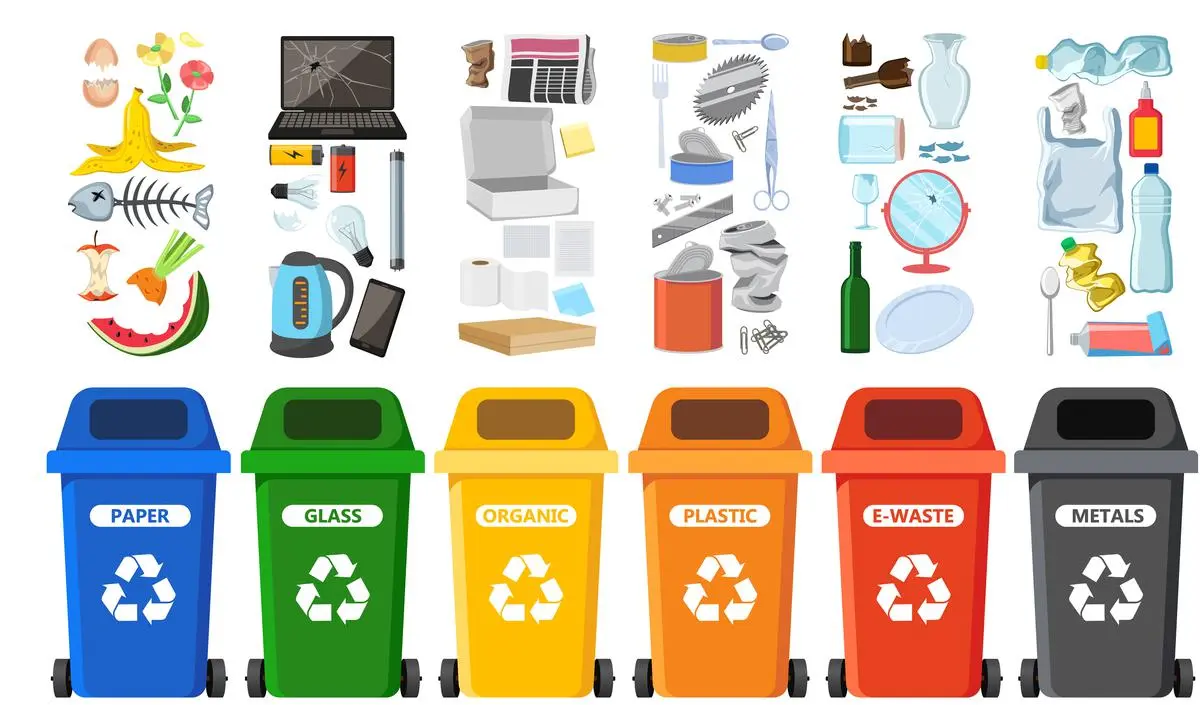As the healthcare industry moves towards more sustainable and responsible practices, it is vital to create a comprehensive medical waste management plan for hospitals and clinics in 2023. This plan should consider current trends in the medical waste disposal and be designed with an eye toward both environmental protection and cost control. The goal of this plan is to provide hospitals and clinics with a clear path forward that will ensure the safe, secure, and efficient handling of all types of healthcare-related waste while minimizing potential negative impacts on the environment or local communities.
The goal of this essay is to develop a comprehensive medical waste management plan for hospitals and clinics in 2023. This plan should be designed with consideration for both the current state of the healthcare industry and anticipated changes in the future, such as technological advances, increased regulations from governing bodies, or new materials used by healthcare providers. The plan should provide an outline of processes that are cost-effective, efficient, and environmentally friendly when it comes to disposing of medical waste.
Additionally, it should address any potential issues related to transportation, storage, or disposal that may arise due to these changing conditions. For more information on the latest trends and best practices in medical waste management, be sure to check out medwastemngmt.com, an invaluable resource for healthcare professionals and waste management specialists alike.
1. Legislation and Regulations for Medical Waste Management

Legislation and regulations are an essential part of designing a comprehensive medical waste management plan for hospitals and clinics in 2023. Governments around the world have passed laws to control the production, storage, transport, treatment, disposal, or recycling of medical waste.
These laws set out requirements that must be followed by healthcare facilities in order to ensure the safe handling and disposal of hazardous materials. Regulations often specify types of equipment that must be used to safely store and transport medical waste as well as other requirements such as labeling containers containing dangerous substances or ensuring personnel wears protective clothing when dealing with potentially hazardous materials.
Additionally, the legislation provides guidance on proper record-keeping practices which help hospitals track their progress toward meeting environmental goals related to medical waste management. In summary, legislation and regulations play a critical role in creating effective policies for managing medical waste in healthcare settings throughout the world.
2. Best Practices for Minimizing the Generation of Medical Waste
In 2023, hospitals and clinics will need to design a comprehensive medical waste management plan in order to minimize the generation of medical waste. One of the best practices for accomplishing this goal is to ensure that all employees are properly trained on how to dispose of medical waste safely and responsibly. This can include providing training on proper segregation techniques, proper labeling instructions, and safe disposal methods such as autoclaving or incineration.
In addition, hospitals should strive towards implementing an effective tracking system for their medical waste disposal processes. This will enable them to monitor their progress with regard to minimizing medical waste production over time as well as identify any areas where additional training may be needed.
Finally, hospitals should also consider investing in technologies that can help reduce the number of hazardous materials generated by their operations such as single-use devices or reusable equipment that has been designed with safety in mind. By following these best practices, hospitals will be able to significantly reduce their contribution towards environmental pollution while ensuring they remain compliant with state regulations regarding healthcare facility management and operation.
3. Collection and Segregation of Medical Waste

Collection and segregation of medical waste is a fundamental component of an effective medical waste management plan for hospitals and clinics in 2023. It is essential to properly separate hazardous materials from non-hazardous materials like paper, cardboard, glass, plastic, and metal so that they can be disposed of safely without causing any harm to the environment or people.
Collection containers should be clearly labeled according to their type and placed in strategic locations around the premises where staff can easily access them. Proper signage should also be put up near collection points to remind staff which items belong in which container. Additionally, it is important that all items are segregated into different bins before being taken offsite for disposal as this will help reduce contamination levels at the receiving facility.
4. Treatment and Disposal of Hospital Wastes
One of the most important aspects of designing a comprehensive medical waste management plan for hospitals and clinics in 2023 is to ensure that proper treatment and disposal of hospital waste are carried out. Products such as hazardous chemicals, pharmaceuticals, expired medicines and other medical products must be disposed of safely in order to prevent contamination or harm to the environment.
All healthcare facilities should follow strict regulations regarding the storage, transport, and ultimate disposal of these materials. In addition, all personnel responsible for handling these materials should receive specialized training on how to handle them properly. By implementing effective protocols for the treatment and disposal of hospital wastes, healthcare facilities can ensure that their patients are protected from any potential risks associated with improper disposal practices.
5. Training Staff on Proper Handling, Labeling, and Storage of Hazardous Materials

Designing a comprehensive medical waste management plan for hospitals and clinics in 2023 requires training staff on proper handling, labeling, and storage of hazardous materials. All healthcare workers should be trained in the safe handling, labeling, and storage of hazardous materials.
This includes understanding the types of waste that can pose a risk to human health or the environment if not managed properly. Training should cover topics such as recognizing different types of wastes, their labels and containers; safety precautions when dealing with hazardous material; disposal methods such as incineration or autoclaving; segregation requirements for clinical waste streams; decontamination procedures for contaminated surfaces and equipment; and regulatory requirements regarding medical waste disposal.
In addition to proper training on how to handle these materials safely, hospital staff must also be provided with appropriate PPE (personal protective equipment) while dealing with any potentially dangerous substances. By providing adequate education on this important topic through effective training programs, hospitals will be able to ensure their staff is well-equipped to safely manage any form of hazardous medical waste they may encounter in their facility.
6. Risk Communication Strategies to Address Public Concerns about Contamination from Infectious Wastes
A comprehensive medical waste management plan for hospitals and clinics in 2023 must include a robust risk communication strategy to address public concerns about contamination from infectious wastes. Risk communication is an important tool for providing reliable information about the potential risks of exposure to infectious materials, as well as strategies for reducing those risks.
This should include clear messaging on how healthcare facilities handle medical waste disposal and management processes, including protective measures like proper storage and containment, employee safety protocols, quarantine procedures, decontamination methods, transportation requirements, and other related activities.
Additionally, it can be beneficial to use visuals such as diagrams or videos that demonstrate safe handling practices in order to better illustrate key concepts. Finally, it is essential that any risk communication efforts are conducted with sensitivity towards affected communities while still delivering necessary facts in a timely manner.
Conclusion
This plan will ensure the safe disposal of medical waste, reduce environmental pollution, minimize public health risks, and improve operational efficiency. The development process for this plan should involve stakeholders from all areas of healthcare: facility managers, healthcare workers, government agencies, local communities, and waste management companies.
It should also include an effective monitoring system to track compliance with regulations and guidelines. With a well-crafted strategy in place for managing medical waste safely and effectively by 2023—hospitals can protect people’s health while protecting the environment at the same time.

